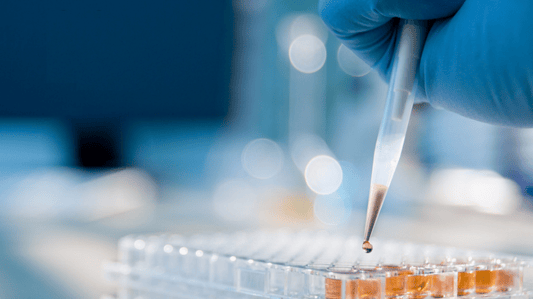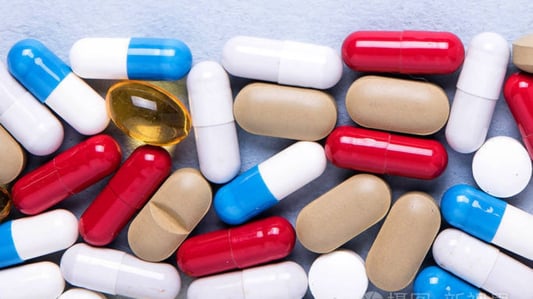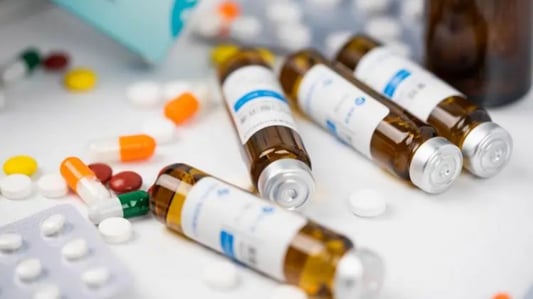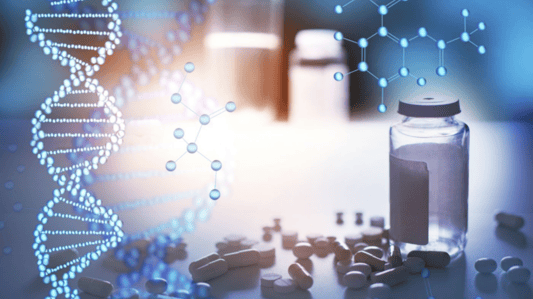IntroductionWhen it comes to the production of innovative drugs, intermediates play a crucial role. These are compounds that are used in the synthesis of active pharmaceutical ingredients (APIs). One such intermediate is 2189684-53-3, also known as Lenacapavir intermediate. In this article, we will explore the various aspects of this important compound and its significance in the pharmaceutical industry.Chemical Properties2189684-53-3 is a chemical compound with the molecular formula C14H16F3N3O4S. It has a molecular weight of 385.35 g/mol and its CAS (Chemical Abstracts Service) number is 2189684-53-3. The compound has a white to off-white crystalline powder appearance, and it is sparingly soluble in water.Synthesis2189684-53-3 is synthesized by a multi-step process that involves the reaction of several intermediate compounds. The process starts with the reaction of 2,4-difluorobenzonitrile and ethyl 2-(2-aminoethoxy)acetate in the presence of a base, which yields the first intermediate. The subsequent steps involve the reaction of this intermediate with other compounds such as sodium hydride, thionyl chloride, and acetic anhydride to produce the final product.UsesThe primary use of 2189684-53-3 is as an intermediate in the production of Lenacapavir, an HIV-1 capsid inhibitor. This drug is currently in clinical trials and has shown promising results in reducing the viral load in HIV patients. 2189684-53-3 is also used in the production of other pharmaceuticals that require a similar chemical structure.Quality StandardsIn the pharmaceutical industry, the quality of intermediates like 2189684-53-3 is crucial for the efficient production of APIs and ensures the safety and efficacy of the final drug product. The compound is expected to meet various quality standards such as USP, EP, and JP. The purity of the compound should be above 99%, and its impurities should be within acceptable limits.Storage and Handling2189684-53-3 should be stored in a cool and dry place, away from light and moisture. It should be handled with care, and precautions such as lab coats, gloves, and goggles should be taken while handling the compound. It is recommended to perform the handling and synthesis in a well-ventilated area.Regulatory StatusThe production and use of 2189684-53-3 are subject to regulatory guidelines and standards set by various agencies such as the US Food and Drug Administration (FDA) and the European Medicines Agency (EMA). The compound is not approved for use as a drug in any country and is only used as an intermediate in drug production.Risks and Safety2189684-53-3 is considered to be a low-risk compound when handled and used appropriately. However, it can cause skin irritation and eye irritation upon contact. In case of skin or eye contact, the affected area should be washed with plenty of water for several minutes. If the irritation persists, medical attention should be sought immediately.Environmental ImpactThe impact of 2189684-53-3 on the environment is not well studied. However, it is considered a low hazard to the environment and should be handled and disposed of in accordance with local environmental regulations.ConclusionIn conclusion, 2189684-53-3 is an important intermediate in the production of Lenacapavir and other pharmaceuticals. Its chemical properties, synthesis, uses, quality standards, storage and handling, regulatory status, risks and safety, and environmental impact are crucial aspects that need to be taken into consideration while handling and using the compound.Contact us!










